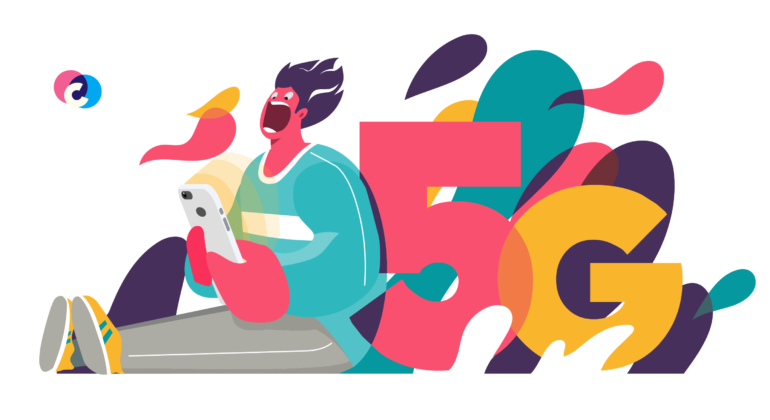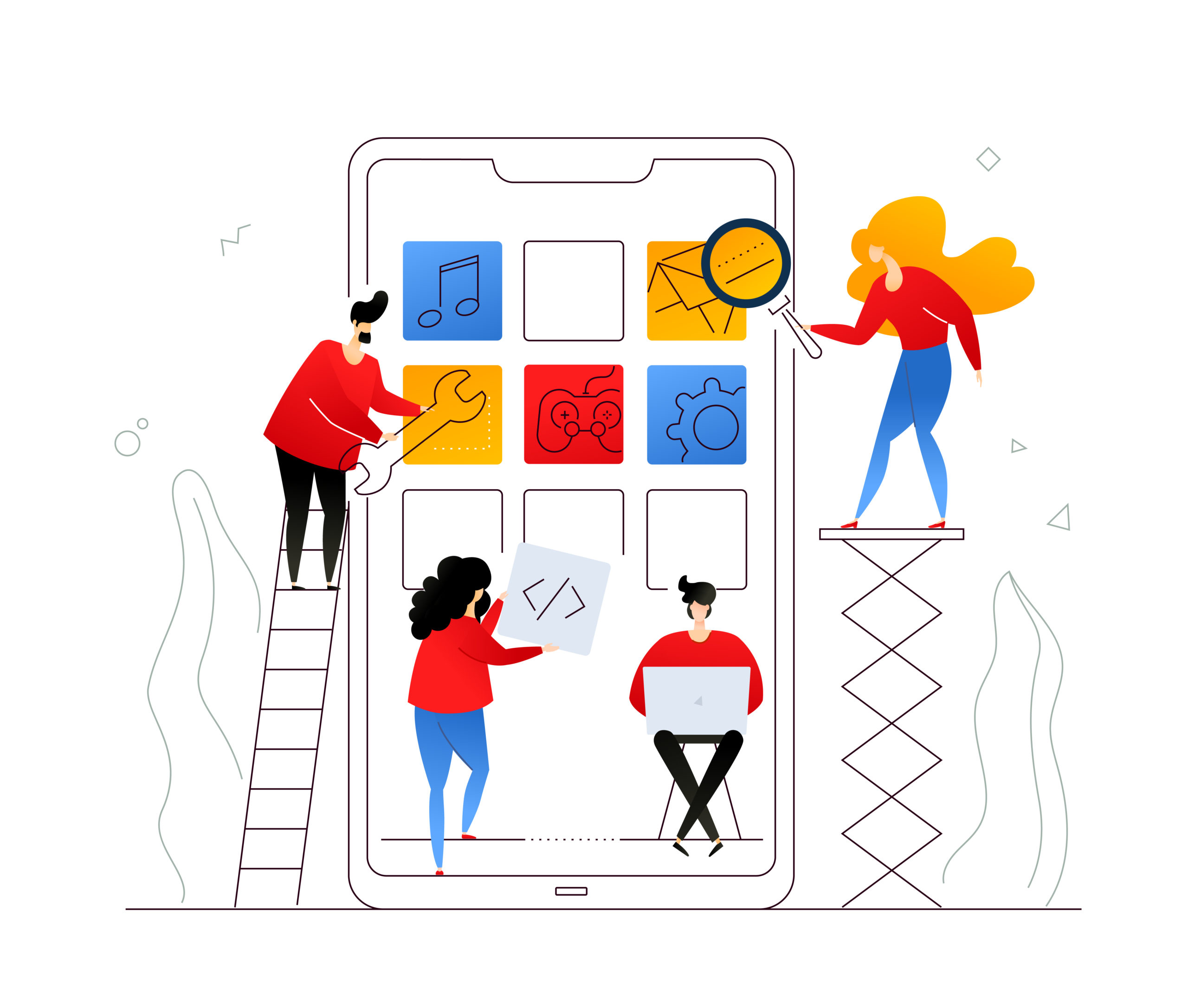Going past the contrivances, we see how
expanded reality and augmented reality are driving an incentive in the present
client experience scene. Here we analyze five essential contemplations that
will have any effect on how AR and computer-generated reality (VR) can affect
your industry to improve things and explicitly your clients’ understanding.
Strategies
for client engagement
Virtual reality inundates a client into a
new world. While augmented reality overlays new real factors in the current
world. In any case, the client encounters an obscuring of the edges between
what is genuine and what is either conceivable or mostly imaginary. This
playing with real factors can be deciphered in an assortment of ways by the organisation.
Much VR and AR technologies are used for the
campaign, a game, or a challenge; advertisement activity that possibly drives
results; however, viably winds up being marked as a trick.
To keep away from this mark and use AR and
VR such that drives connection with purchasers and has a long haul positive
effect on the brand, industries need to utilize the innovation to settle a
genuine business need and make an essential commitment to the clients’
excursion.
Augmented
reality benefits that genuinely helps the customer
The Nespresso brand profits by uncommonly
chic plan and showcasing; however, they apply AR to one of the less classy
encounters of their item: the descaling procedure for their espresso machines.
By checking their bundling, Nespresso gives bit by bit descaling directions, utilizing
AR. It’s not hot but rather, it is staggeringly helpful and something that
buyers were formerly battling with.
Primarily, Hyundai has delivered an AR-based
client manual, a computerized adaptation that replaces the massive, unwieldy
paper rendition. By pointing a cell phone at the vehicle dashboard, clients can
gain proficiency with the elements of the various buttons. The computerized
manual additionally causes clients to keep up and fix their vehicles, including
checking their oil levels, filling windscreen liquid. While looking at the
Hyundai application.
Could manuals be a relic of days gone
by? There is an AR application with
assisting clients with setting up their web modem which is introduced by ISGM
(AUSTRALIA). By understanding the piece of the excursion that buyers find
generally competitive and disappointing, the organization effectively offered
assistance that has a constructive outcome to give a target-oriented benefit. The
AR application that has directly affected their client experience which results
in “speeds time to arrange for clients and has emphatically changed our
NPS scores mentioned by Ben Stevens, Executive General Managers (ISGM)
These three models show incredibly useful
ways that AR has been utilized to increase the value of the clients’
understanding of an item or any business. This goes past the enjoyment factor
and truly targets how to affect the most harmful pieces of the clients’
excursion, improving utility, and raising general brand recognition.
Testing
of a virtual product
Giving clients a preliminary run of a
service or product is an exemplary strategy to win the deal. Organizations
would now be able to provide trial experience by utilizing AR and VR.
The Ikea application permits clients to
choose from more than 2000 things that can be ‘set’ into their home. The
expanded reality variant of the couch, bookshelf or table is a reliable marker
of how the situation will fit as far as size, style and shading. This pushes
the buyer all the more rapidly through the ‘thought’ and ‘inclination’ portions
of the buy channel, and towards a deal. “You consider them to be as though
these articles were genuine, and you can stroll around them and associate with
them, even leave the room and return. It’s extremely enchantment to
encounter.”
Computer-generated reality vehicle review
and test drives were propelled at some Audi businesses in 2017, assistance that
permits the client to arrange their picked vehicle and afterward inspect it in
detail. “It offers our clients more data and assurance when settling on
their buying choice, just as an extraordinary fervor factor,” says Nils
Wollny, Head of Digital Business Strategy/Customer Experience at AUDI AG. The
benefit of the VR seeing is that the vehicle can be experienced inside various
settings, including diverse light conditions or climate, giving the client a
substantially more itemized see than merely the vendor floor. This cozy, and
customized understanding, marries the client considerably more near the vehicle
and makes a more grounded feeling of proprietorship.
Client
input and fulfillment
Customers have esteemed the assessment of
their companions or peers in their dynamic procedure and post-buy fulfillment
continuously. American Apparel is presently giving that terrifically relevant
data utilizing AR inside their stores. Clients can check signage and
presentations to see extra item data, including fundamental client surveys.
AR and VR offer the chance to advance the
connection between the buyer and the item or administration. The relationship
is the enthusiastic connection that the customer feels towards the brand and
speaks to a large segment of both the dynamic, yet in addition, the general fulfillment
and experience. AR and VR that increases the value of the shopper and
associates with them sincerely have a positive effect on the client experience.
Brands reliably endeavor to impart and draw
in with shoppers, to show their ‘image esteems,’ all intending to pick up
dependability and brand inclination. Brands regard and incline toward the
significance of feelings in the buying procedure. AR and VR offer the
opportunity to associate sincerely with shoppers with a power that has not been
experienced previously.
Peruse
additionally: Capture the mentality of your client
Procedure
greatness
An association may have especially
productive or powerful frameworks. However, the main thing the shopper thinks
about is the final product – their experience. It may appear to be
disillusioning to shroud the energy of AR and VR off-camera, yet there is
potential for enormous effect right now.
Citibank worked with a blended reality
innovation organization to build up a mixed reality exchanging work area. The
joined 2D and 3D working condition expands the dealer’s capacity to extrapolate
bits of knowledge from information, extending their effectiveness and improving
exchanges. Dealers work with many monetary instruments, and with the blended
reality work station, they can rapidly distinguish showcase hotspots that they
ought to concentrate on. While this doesn’t straightforwardly contact Citi’s
buyers, the outcomes – better exchanges – are a distinctly positive effect.
Worker
commitment
Another superb case of non-shopper
confronting use of VR is in staff preparing, especially in retail. Staff can
work through the preparation program in VR, sparing the time and cost of a
genuine mentor, and the VR preparing can give a full drenching to items and
shop floor situations.
In like manner, VR can be utilized for the
on-boarding procedure of new staff, optimizing them through the cumbersome
group combination period and to a point where they can get beneficial.
The client experience of a brand can be
affected altogether regardless of whether they don’t encounter the most recent
innovation direct. By concentrating on tackling the clients’ issues
associations can all the more effectively grasp the in the background
utilization of AR and VR, where it can have a significant effect to lessen
purposes of grinding and improve the degree of accommodation the client feels.
The
advanced experience is vital
Innovation can’t spare an association all
alone. It is basically the empowering influence of a very much arranged technique.
So associations must send computerized approaches that don’t merely concentrate
on one innovation (portable, CRM, IoT and so on), however, think about how
innovation, item, and promoting work comprehensively together.
Sephora is a brand that exhibits brilliant
understanding and superb come back from following this methodology.
“Computerized and development have consistently been a piece of our DNA at
Sephora,” said Mary Beth Laughton, Sephora’s official leader of Omni
retail.
In 1999 there were a little more than
3,000,000 sites all around, contrasted with over 1.7 billion today. Those 3
million were, in certainty, the pioneers and daring individuals. The Sephora
site was propelled in 1999, proof enough that advanced is fundamental to their
technique, and they likewise situated portable as a buying channel from right
off the bat. Presently Sephora purchasers can profit by computerized reasoning
to help locate their accurate establishment shading, instore contact screens
that give scent tests, and their most recent expansion – customized shopping
utilizing an AR application.
The Sephora application permits clients to
‘take a stab at’ a large number of various lipstick and eye shadow conceals, in
addition to bogus eyelashes, and other makeup items. In a portable domain where
75% of downloaded applications are never opened more than once, Sephora clients
are breaking the pattern by over and overdrawing in with the brand’s appeal.
Laughton traces how computerized is the organization’s system: “Each
advanced item or device or experience that we acquaint is finished with make
looking for our customer increasingly fun and progressively proficient – to
assist her with connecting with her, teach her, and engage her.”
AR and VR can enhance the client’s
excursion and experience, yet that worth is ideal when the innovation doesn’t
remain solitary.
 Productivity is one of the most trending topics these days. People who work from home continually are dealing with change in workplace settings as well as a lot of anxiety related to the ongoing COVID-19 pandemic. There are couple of things an organization can do to ensure employees remain engaged and productive in this new context.
Productivity is one of the most trending topics these days. People who work from home continually are dealing with change in workplace settings as well as a lot of anxiety related to the ongoing COVID-19 pandemic. There are couple of things an organization can do to ensure employees remain engaged and productive in this new context.








Recent Comments